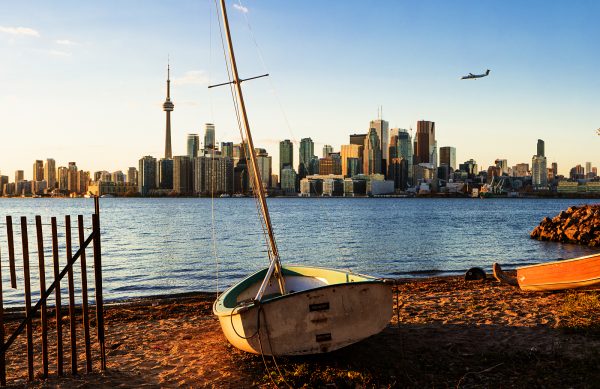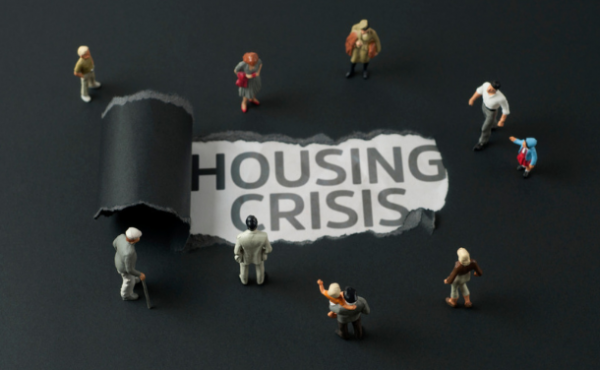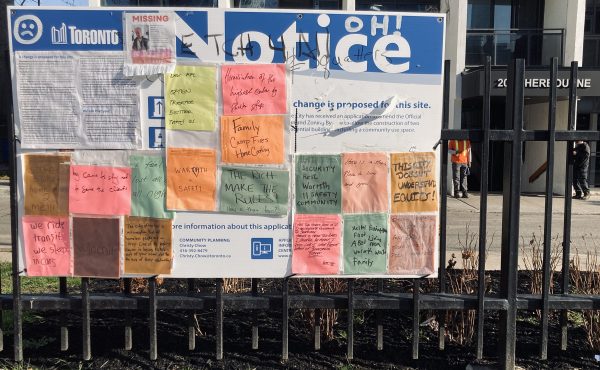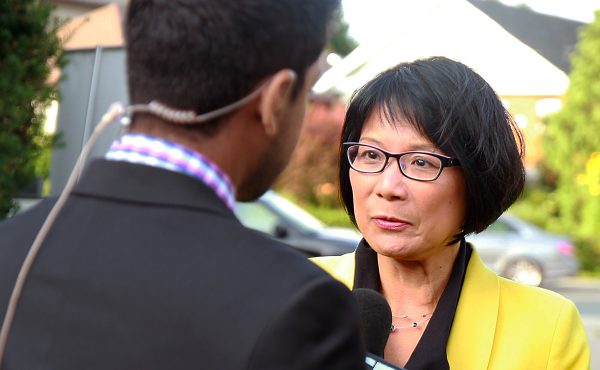Over the past two months, we all have learned to speak the language of public health. We talk about physical distancing and flattening the curve. We read about contact tracing and containing outbreaks. And we have adjusted our behaviour in record time to follow the guidelines that our experts have set to help us stay safe.
But as much as we have learned, we have an urgent lesson remaining: how to shape our recovery plans to improve the health of our most vulnerable.
In Toronto, during the COVID-19 crisis, we have managed not to overwhelm the health care system. Hospitals have avoided the tragic scenes in Italy and New York. But as Dr. Eileen De Villa, Toronto’s medical officer of health, has said, we are now seeing two distinct pandemics in our city. For the general population, mitigation efforts have contained much of the spread. This is not the case, however, for the frail and elderly in long-term care homes, people experiencing homelessness, and the working poor, who continue to face high risk of transmission.
Public health experts already know that disease preys on poverty. Toronto Public Health’s 2019 Health Check report shows the depth of this connection, which goes far beyond a single virus. In our city, people with lower incomes are at significantly higher risk of diabetes and heart disease. One in every seven households in faces food insecurity, causing malnutrition and hunger. Nearly a third of all adults can’t afford to go to the dentist. Poverty takes years off one’s life – adult men in Toronto are 50 percent more likely to die before the age of 75 if they are low-income, compared to high income.
We have an opportunity now, as we create new systems and strategies in the wake of COVID-19, to correct these unacceptable inequities.
The virus has exposed what public health experts have known for years. The social determinants of health – income, education, and employment, along with gender, race, and Indigenous status, to name a few – shape who is healthy, who gets sick, and who dies. You can’t stay home if you don’t have one. You can’t take time off work if your job isn’t secure. You can’t make sure your kids are eating well if you’re worried about putting food on the table. Physical distancing requires a safe home, a flexible job, and savings for unexpected costs that pop up. Many Torontonians don’t have any of that.
For decades, governments have failed to listen to the experts. Now, as we focus on moving forward, we must address issues that have gone unaddressed for far too long. Housing is a key social determinant of health, yet our homelessness crisis means around 8,000 people sleep in shelters or on the street each night, while 100,000 families are stuck waiting for housing assistance. Our long-term care homes have suffered years of funding cuts, privatization, and low wages for staff. Food bank use has doubled since the mid-1990s, while social assistance hasn’t kept up with the rising cost of living in this city. Toronto continues to have the highest rate of child poverty among large cities in Canada.
We need to use a public health lens to tackle our housing crisis and end chronic homelessness. If policy makers can finally listen to the recommendations of our public health experts, we can address food security, provide affordable childcare, and fight the overdose crisis through safe supply. We need to listen to public health officials on how we can expand services and supports for seniors and invest in elder care. Their knowledge can show us how to re-design our streets and public spaces to make exercise more accessible, and create safe spaces for children to grow and play.
This prescription is both bold and sensible. Adopting public health recommendations now saves resources later. It costs far less to pay for someone’s dental checkup than for them to go to the emergency room in need of oral surgery. It’s cheaper to provide a family with an affordable home than to cover shelter services. Giving people the resources and support they need to stay healthy saves millions in health care costs down the line. As Benjamin Franklin famously said, an ounce of prevention is worth a pound of cure.
If we want to move forward as a healthy city, we need to address the root causes of inequality that impact health outcomes. Public health is preventative planning. The evidence has always been there. Now, we need decisionmakers to finally take the medicine.
Joe Cressy is Chair of the Toronto Board of Health and City Councillor for Spadina-Fort York. Follow him on twitter at @joe_cressy.





One comment
Councillor Cressy (and staff) deserve a lot of appreciation for their intensity of efforts on all this; and Mr. Cressy has much self-discipline in not pointing out that the attacks of Premier Ford on both the City and Public Health undercut the response capabilities, or tried to, despite clear knowing that public health measures do save lives, eg. Walkerton, (which also had a climate component with extreme rain. And please, let’s find out what MoH’s have said about climate, if Mr. Ford is now believing in science and experts).
But it would have been nice to have had a good paragraph on the traffic violence, and the options for clean mobilities, like bikes. As a health policy response to preserve hospital capacities, the reduced traffic and thus fewer crashes and burdens on the systems, needs to be emphasized far more. so to avoid situations where doing something in a park costs more than killing someone with a car. This includes more enforcements of traffic rules, not just a week ‘blitz’, followed by change to the public realm, like finally doing that bikeway relief of the Bloor/Danforth subway, starting with a keystone gap in the west between Lansdowne and Dundas St. W. If we can plonk down concrete and fencing, surely we can easily do something in a critical gap, this month?
Another keystone gap is Bloor St. E., especially where the 2001 Bike Plan had a bike lane in mind from Sherbourne to Church, and,…. still waiting!, despite years of progressive representation, though the core is also dominated still, by the more suburban interests.